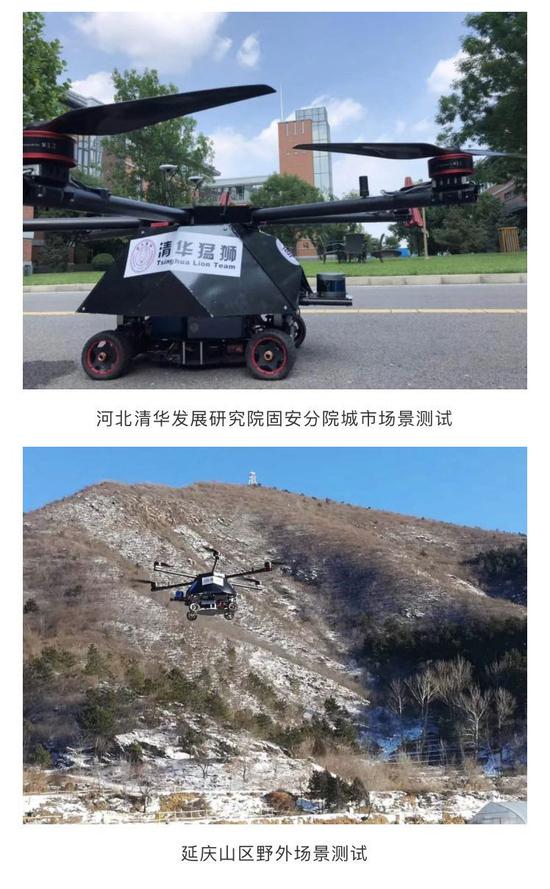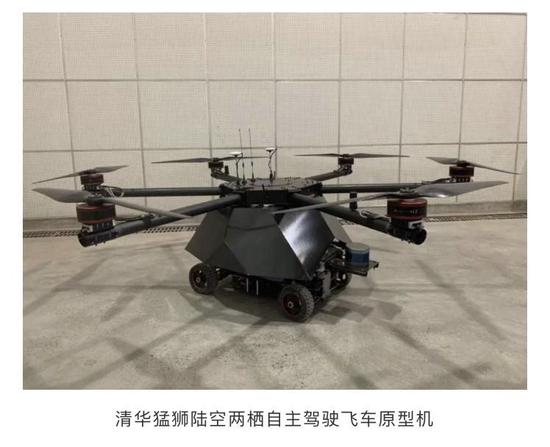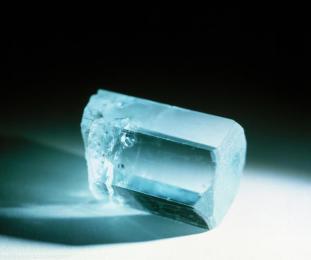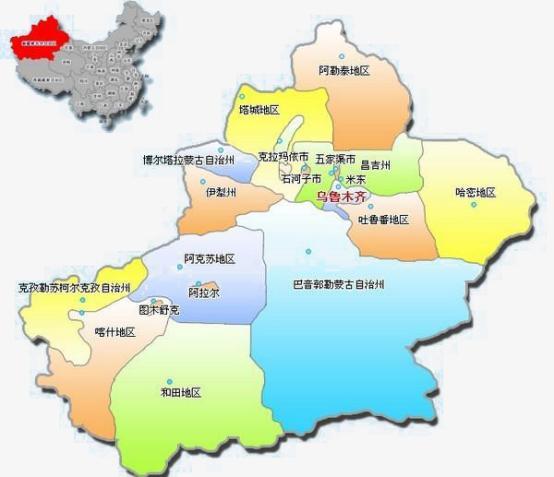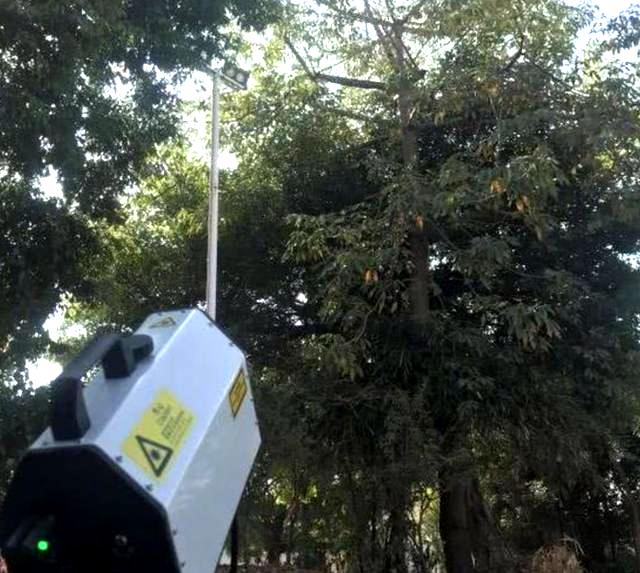The Launch of 2020 National Joint Planting of Seawater rice in Qingdao and Weifang, Shandong Province, Qinghai Province and Wenzhou, Zhejiang Province. The launch of the seawater rice was led by Yuan Longping, an academician of the Chinese Academy of Engineering, and his team. This year the national sea rice plantation area will be expanded to 16,400 acres, the team also carried out saline soil transformation of 164,000 acres, and strive to lay out 1.64 million acres of saline land transformation in the country, in order to eventually transform 16.4 million acres nationwide.
ZTE is Importing 5 nm Chips and has Realized the Commercial Use of 7nm Chips
ZTE is Importing 5 nm Chips and has Realized the Commercial Use of 7nm Chips 6-18-20 Another step towards self-sufficiency.
https://equalocean.com/company/zte/news/zte-is-importing-5-nm-chips-and-has-realized-the-commercial-use-of-7nm-chips
ZTE Corp is focusing on designing telecoms chips but is not able to make them, said a ZTE statement as the company refuted some market rumors that ZTE had started to mass-produce 7nm chips.
World’s largest marine dual-fuel low-speed engine WinGD X92DF
5-26-20, China Shipbuilding Group Winterthur Gas & Diesel (WinGD).温特图尔发动机 launched the world’s largest marine dual-fuel low-speed engine WinGD X92DF, the engine has passed the Bureau Veritas classification approval, will be manufactured by Shanghai Sinoship Mitsui Diesel Engine Co.上海中船三井造船柴油机有限公司. Compared with the previous dual-fuel low-speed marine engines, the WinGD X92DF has advantages in terms of more power, intelligent control and environment-friendliness.
WinGD X92DF hits a milestone:
first, Chinese ships now have their own advanced and even world-leading domestic power system;
second, Chinese ship power research has the core technology, starts to develop a supply chain;
third, China has achieved a new breakthrough in independent high-end marine equipment R&D and manufacturing.
Lion land and air autonomous vehicle
Tsinghua University 清华大学 Professor of Vehicle and Carrier Academy, Chinese Academy of Engineering fellow Li Jun’s team successfully developed the first generation of Lion land and air autonomous vehicle. It is the world’s first electric land/air drone with integrated intelligent navigation.
The drone uses a traditional 2-wheel drive chassis for better range on ground navigation, the rotors are used to achieve a higher degree of maneuverability. It features vertical take-off and landing, hovering, 3D navigation, ground cruising, automatic object avoidance and tracking, and other functions.
A breakthrough for China in deep water gas field exploitation in the South China Sea
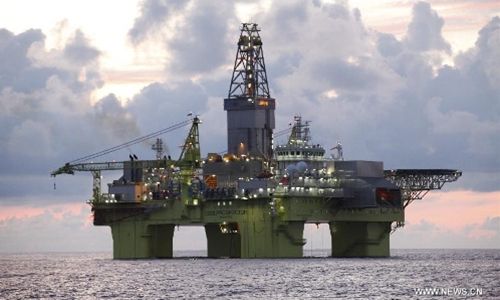
A submarine pipeline at a depth of 1,542 meters on the south side of the E3-E2 sections of the Lingshui 17-2 gas field has been successfully completed, marking a breakthrough for China in deep water gas field exploitation in the South China Sea.
The Lingshui 17-2 gas field – the first deep water field established by a Chinese company – is located in the South China Sea near South China’s Hainan Province.
The operational depth of the field, which is also the China National Offshore Oil Corporation’s (CNOOC’s) first self-operated deep water field, is 1,220-1,560 meters with trillions of cubic meters of exploitable gas reserves.
The field is expected to be operational by the end of China’s 13th Five-Year Plan (2020). It will have an annual gas output of 3-5 billion cubic meters, which could promote the exploitation of deep-water gas resources.
Submarine pipeline is the main artery that transports oil and gas and is regarded as the lifeline of the offshore oil and gas production system.
Three hundred meters below sea level is considered to be deep water and 1,500 meters is known as ultra deep water. Due to the complex and changeable submarine environment, constructing an ultra deep water submarine pipeline is a challenge, it also has strict requirements on the pipeline’s quality and size.
Prior to the construction of the Lingshui field, ultra deep water submarine pipelines were mostly built by foreign countries.
China successfully launch the satellites High Res 9-02 and HEAD 4
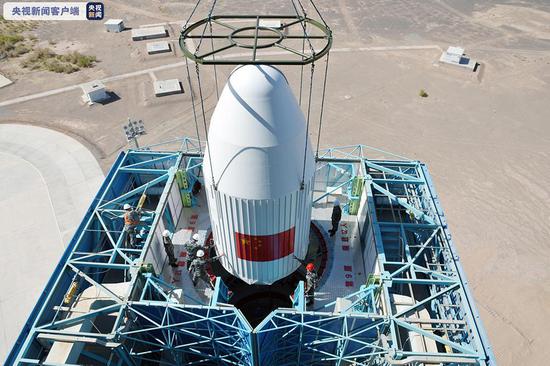
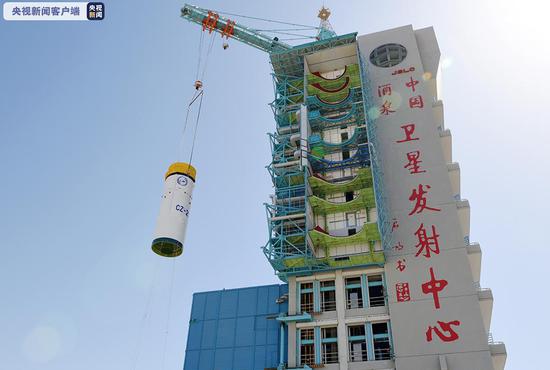
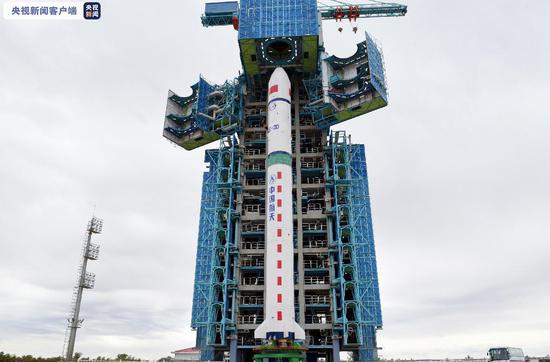
At 16:53 on 5-31-20, at the Jiuquan Satellite Launch Centre 酒泉卫星发射中心, China successfully put the satellites High Res 高分 9-02 and HEAD 和德 4 into their planned orbits using the Long March II-D 长征二号丁 carrier rocket. High Res 高分 9-02 is an optical remote sensing satellite with a sub-metre resolution, which is mainly used in the fields of land survey, urban planning, land rights, road network design, crop estimation and disaster prevention and mitigation, and can provide information security for the construction of “BRI”, etc. The HEAD 和德 4 satellite, developed by Beijing HEAD Aerospace Technology Co. 和德宇航技术有限公司 ( http://www.head-aerospace.com/#/Home ), can carry out global ship status acquisition, global flight status acquisition and global IoT information acquisition in orbit. This mission was the 333rd flight of the Long March series of launch vehicles.
People’s Liberation Army Navy first domestically-made aircraft carrier Shandong sea trial
Shandong’s first sea exercises in the northern part of the Yellow Sea since being commissioned late last year in what was a major launch ceremony attended by President Xi. The ongoing trails in an unknown location are being focused on weapons systems testing, including aircraft launch and landing.
“The purpose of this training is to test weapons and equipment efficiency, improve the aircraft carrier’s training capability and further elevate its ability to carry out future missions,” a PLA Navy statement said. Regional media has admitted its sea trial schedule had been disrupted by the coronavirus pandemic.
State media on 5-29-20 https://twitter.com/i/status/1266023926154489856 featured at least seven J-15 takeoff footage from the deck of the Shandong, hailing the sea trials as a ‘success’:
“The purpose of this training is to test the performance of weapons and equipment, improve the level of aircraft carrier training, and further enhance the troops’ ability to perform missions and tasks.”
Last December’s commissioning of the new aircraft carrier, China’s second one total and first locally made, was a significant milestone for China as it expands its efforts to become a dominant superpower in the Indo-Pacific region.
Shandong has a displacement of 40,000-60,000 tons with a ski-jump flight deck similar to China’s first carrier, Liaoning, which had originally been purchased from Ukraine and refurbished. Significant improvements in layout design allow the new aircraft carrier to carry 36 J-15 fighter jets, compared to the Liaoning’s 24.
China’s Satellite Internet Industry Development

White Paper on “New Infrastructure” for China’s Satellite Internet Industry Development. https://n2.sinaimg.cn/tech/cbc3161f/20200528/SatelliteInternetWhitePaper.pdf
Beryllium (Beryllium) in China
Rare earth is a general term for the lanthanides and a total of 17 metal elements such as scandium and yttrium in the periodic table, and is a very important resource with high application value. According to statistics, there are a total of 250 rare earth minerals in nature.
In addition to rare earths, a resource more precious than rare earths has been found in our country and that is beryllium. We are familiar with the beryl and cat’s eye stone, is beryllium aluminum silicate evolved under certain natural conditions, and cat’s eye stone is formed under the metal beryllium action.
Beryllium (Beryllium) is a grayish-white alkaline earth metal with the chemical element symbol Be and an atomic number of 4. Beryllium has a much higher hardness than other metals in its family, unlike calcium, strontium, etc., which can be cut by a sharp edge. Beryllium can be soluble in both acid and alkali, and is an amphoteric metal, which is mainly used to prepare alloys, and has the reputation of “super metal”, “cutting-edge metal” and “space metal”.
Nowadays, beryllium, as a new material, is increasingly valued by various industries, and is an indispensable and valuable metal material in atomic energy, rocket, missile, aviation, spaceflight and metallurgy industries. Specifically, beryllium can be used to make X-ray tube windows, can be used as a neutron reducer in atomic reactors, due to its strong heat-absorbing ability and stable mechanical properties is an excellent aviation material. Beryllium is now widely used in the aerospace, space and nuclear fields, and it is no exaggeration to say that it is an irreplaceable and excellent advantage in these fields.
The metal beryllium reserves in the world are very small, previously only the United States and Kazakhstan and other countries can produce nearly 100 tons per year, so the metal beryllium in the global export trade is firmly controlled by the Western countries. Previously, China could only import a small amount of beryllium from Kazakhstan for use, but the situation has finally improved somewhat. China has discovered a very large metal beryllium deposit in the Mongolian Autonomous County of Heksel, Xinjiang, with proven ore reserves of more than 40 million tons, an average grade of 0.1391% and an average thickness of 4.58 meters, which can be said to be the largest beryllium ore in Asia and the world.
According to public data, the top three countries in the world with beryllium reserves are the United States, Kazakhstan and China, and among these three countries, there is still a gap between our proven reserves and the other two countries. But since the discovery of large quantities of beryllium ore, our country has become the world’s largest reserve.
Chinese laser devices
China has long developed laser devices, but instead of using them to attack drones, it is used to help the power transmission sector to cut down danger trees. Employees of the Southern Power Grid have used a small, portable fourth-generation laser cutter, which uses a new light source and is very easy to operate. With the use of a computer, workers can precisely cut out the tall, sturdy branches away from the transmission tower.

